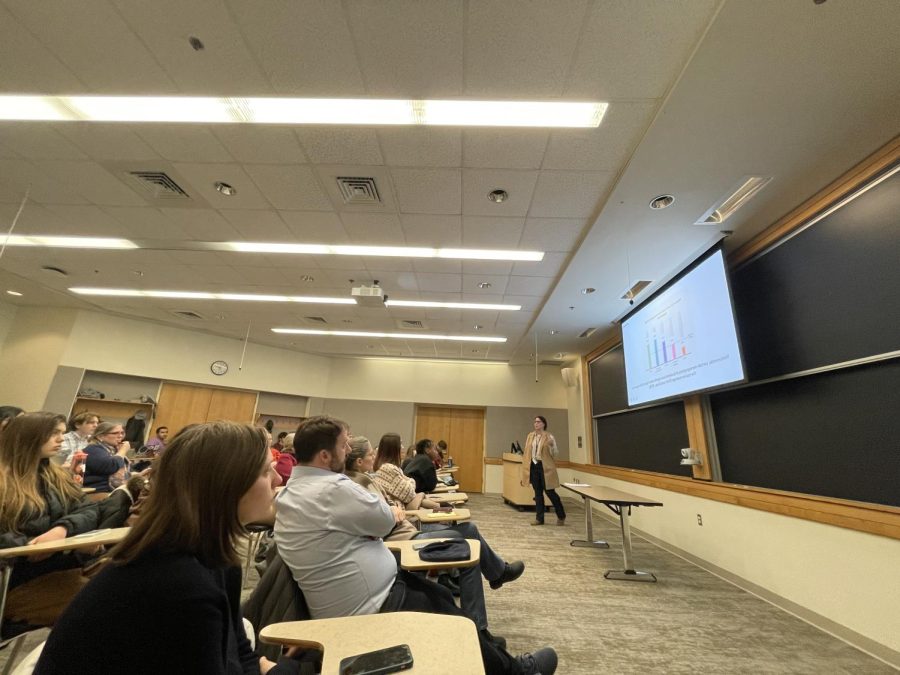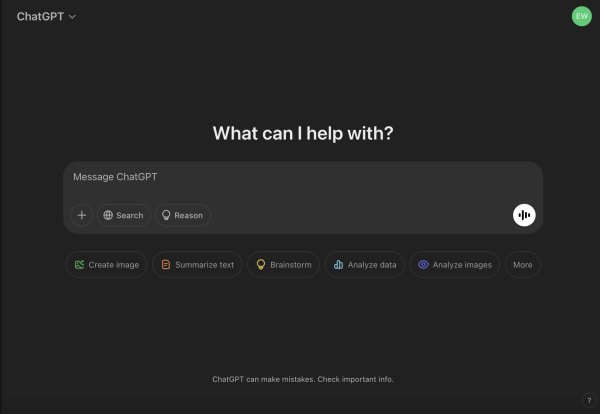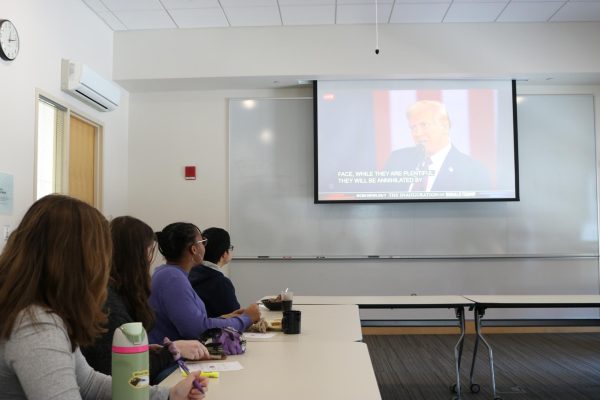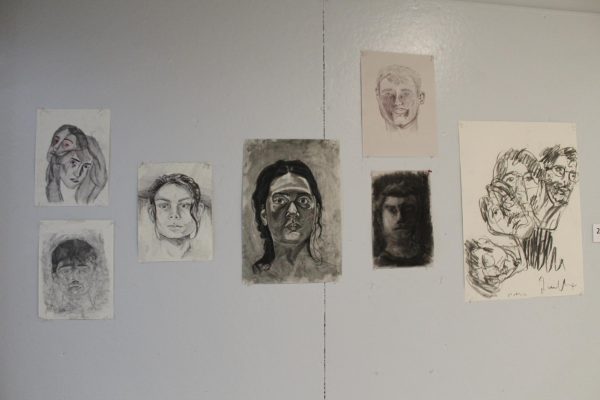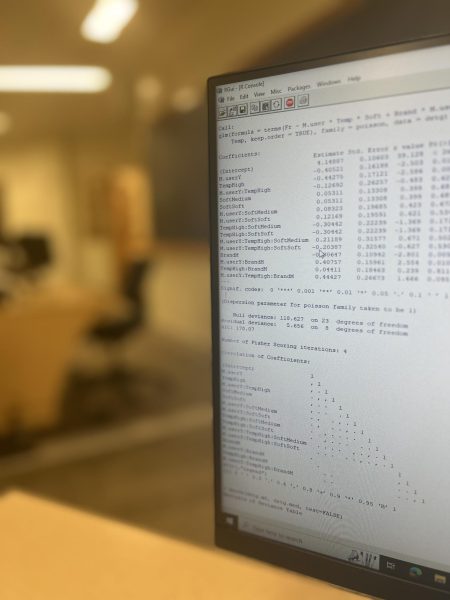The Future of Equity in Education: Un-grading?
On MLK day, there were two workshops hosted by Bates’ Center for Inclusive Teaching and Learning on equity in grading.
The first workshop, “Mythbusting Grading for Equity,” was hosted by Director of the Center for Inclusive Teaching and Learning Lindsey Hamilton ’05, Assistant Professor of Environmental Studies Tyler Harper and Wagener Family Professor of Equity and Inclusion in STEM April Hill.
The workshop discussed “evidence-based practices for more equitable grading by investigating the spectrum of ‘un-grading.’”
Hamilton began the session by asking the audience what comes to mind when hearing the term “un-grading.” The response was mixed – some said “confusion” and “unstructured” while others said “progress” and “freedom.”
According to Duke University’s Associate Director of Learning Innovation Amy Kenyon, “un-grading” is defined as “a practice which eliminates or greatly minimizes the use of assigned points or letter grades in a course, focusing instead on providing frequent and detailed feedback to students.”
To a room filled with Bates students and professors, Hamilton explained that grading has never been a neutral practice. In order to grade, educators “have to make assumptions and judgements on mastery.”
“Historically, grades are more of an anomaly than anything else,” Hamilton said. Many universities and colleges inherited biases from elite colleges’ early grading systems, such as Harvard University’s school rankings and Yale University’s “Yale Scale.” Implicit suggestions are especially detrimental, as students with higher grades are being seen as more worthy.
Not only are grading systems outdated, but they also sustain racial inequities. Hamilton pointed to implicit biases, the overrepresentation of minority students in school discipline and compounding stressors as major examples of such racial inequity.
Echoing Inside Higher Ed Author John Warner, Hamilton encouraged the professors in the room to be transparent and purposeful with their grading and to “assess only what you value.”
The second workshop, “Grading Practices to Increase Equity and Learning in STEM Courses,” was also hosted by Hill and Hamilton.
Although questions about equity in learning were central to discourse in the workshop, it had a greater focus on ways to make grading more aligned with learning outcomes in STEM.
The workshop began with Hill handing the audience an information packet, as she directed their attention to the first page. On it was a study published in Science Advances titled “STEM faculty who believe ability is fixed have larger racial achievement gaps and inspire less student motivation in their classes.” It asserted that faculty mindset on a students’ ability to grow predicted achievement over any other characteristic of college educators.
Discussion then broke out among and between students and faculty. Most in the room didn’t express much surprise at the general results of the study. However, of note to everyone, and as Hill would go on to point out: even with a mindset that asserts that individuals can change, an already existing gap in performance between white/asian students and underrepresented minorities (URMs) still exists.
Although being significantly smaller, the gap is brought on by sets of implicit biases on race, ethnicity, gender and other facets of identity. Hill asserted that “Implicit biases are linked to a belief in a set of hierarchies,” perpetuating the continuation of supremacist ideas.
This led to further discussions regarding equity. “Implicit bias is still playing a large role in grading […] in STEM, but what can we do about it?” Hill asked.
Hill invited professors in the room to become more skeptical about what grades actually mean. She pointed out that they’re not always reliable metrics of assessing learning ability. They instead often end up serving as a reflection of “language proficiency, skills in test taking, or cultural backgrounds.”
Practices such as using and handing out clear rubrics, and grading student work blindly without knowing their identities helps to reduce projected unconscious beliefs. Transparency in itself allows students to buy into learning more.
Especially for STEM, a practice called scaffolding was praised as being conducive to perpetuating better learning. It involves breaking down material into smaller components and lowering the overall stakes of exams and assignments. This allows students to focus on, and have an easier time revisiting class content.
Additionally, allowing students to revise work and making it so that they can’t receive zeros serve as a useful tool in fostering better learning practices. It makes student evaluations more labor-based.
Moving on to themes more prevalent at Bates, Hill turned the audience’s attention towards the Bates Mission Statement.
“Bates educates the whole person through creative and rigorous scholarship.” With the school having “always stood firmly for the ideals of academic rigor. ”
Rigor was undoubtedly a constant theme at the core of the college’s task in acting as an educational institution. As many professors pointed out, this was done under the pretense that rigor was a condition that would make life difficult or uncomfortable. The same beliefs are also often projected onto a scientific education.
Hill emphasized that with better teaching practices leading to higher student performance across the board, grade inflation isn’t necessarily the cause. Courses can still stay difficult, but giving students the resources they need to succeed allows for better developed knowledge. Outcomes as opposed to rigor alone serve as an inherently better evaluation of the quality of teaching and fostering interest in a course.
Your donation will support the student journalists of Bates College and help us cover our annual website hosting costs.

Christina Leonard is a senior from London, England, majoring in Psychology and double minoring in Rhetoric and French. At Bates, she is also involved in...


